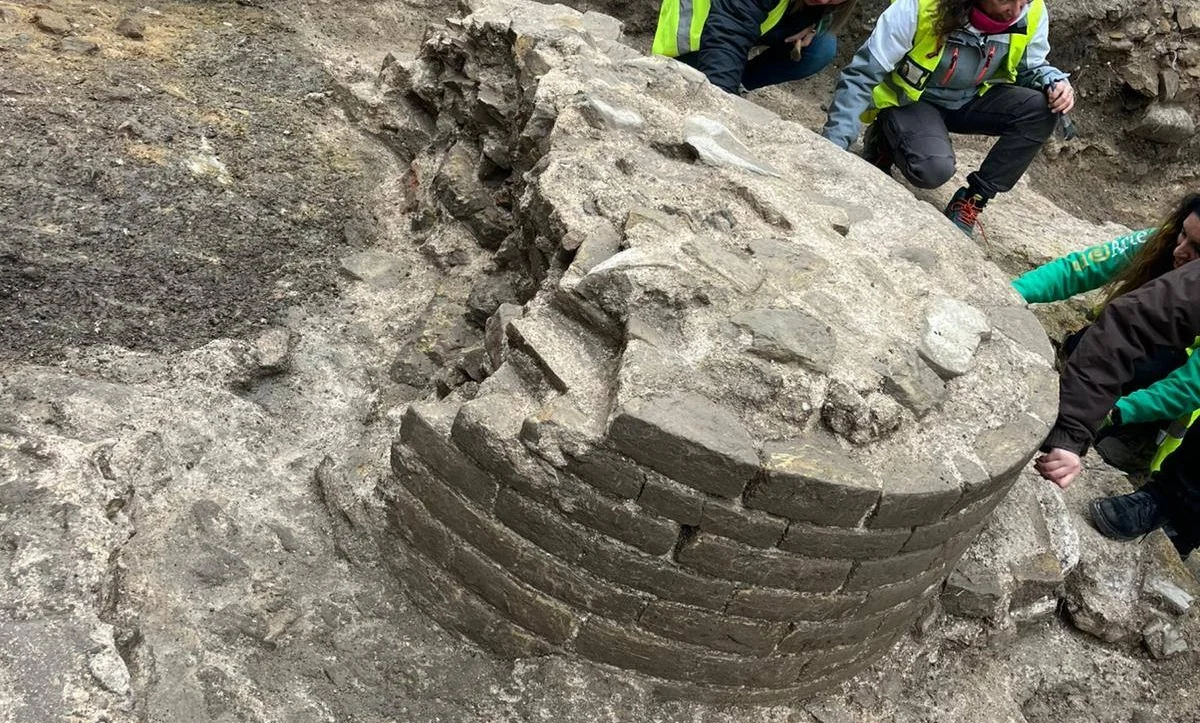At the archaeological site of Ulpiana, excavations by a mixed team of international and local experts under the direction of Professor Christophe J. Goddard have uncovered a monumental inscription of historical significance that is dedicated to the Byzantine Emperor Justinian.
One of the relatively few Latin dedications of the imperial couple in the late Roman period is this inscription, which was dedicated to a "city in Dardania" by Emperor Justinian (527-565 AD) and his wife Theodora.
Kosovo's territory has a lengthy history despite being a young nation. Ulpiana was the nation's political, monetary, and cultural center during the Roman era. Ulpiana is a Roman-pre-Byzantine village that is situated about eleven kilometers southeast of Pristina.
A Romano-Illyrian city is Ulpiana. There have been archaeological digs there since 1954. In the course of archeological excavations conducted between 2009 and 2011, remnants of pre-Roman life were found. For the Dardan Kingdom, Ulpiana was a significant location. was inhabited and that the Dardan and Illyrians lived there during the Classical era.
The inscription of Emperor Justinian is considered the most important discovery in Kosovar archaeology. Photo: Minister of Culture, Youth, and Sports of the Republic of Kosovo, Hajrulla Çeku / Facebook
An EU-funded project called "The European Archaeological Mission in Kosovo*: from Ulpiana to Iustiniana Secunda" is due to be completed in December 2024, and its tangible outcomes include the discovery of this mosaic and a magnificent episcopal basilica in 2022.
Archaeologists claim that this demonstrates the great Byzantine emperor's Dardanian ancestry. King Justinian (527–565) was born in Tauresium, which is thought to be close to modern-day Skopje.
According to Arben Hajdari, professor of archaeology at the University of Prishtina, this inscription has enormous historical significance and represents the most important discoveries in Kosovo's archaeology to date.
The mention of the city of Dardania in the inscription, according to Hajdari, is a vital component since it shows that the Dardanian people did not become Romanized and did not lose their identity.
This is crucial, given the amount of time and effort that the archaeological literature has put into attempting to prove that the Dardanians had lost their identity, had become Romanized, and had vanished by the Middle Ages. From this angle, this discovery is really important," he said.
The inscription runs the length of the basilica's center, and archaeologists have discovered several ornamentations with floral and animal motifs while excavating an area larger than 460 square meters.
"The inscription left us astonished because it is preserved in a way that seals the fact that we are indeed dealing with a Dardanian city, built by an emperor of Dardanian origin," said Milot Berisha, the director of the Archaeological Park "Ulpiana" and an archaeologist.
On the other side, Ulpiana was initially visited by Professor Christophe Goddard of the Paris-based 'Ecole Normale Superieure' in 2016, and excavations started in 2017.
Photo: Minister of Culture, Youth, and Sports of the Republic of Kosovo, Hajrulla Çeku / Facebook
Goddard stressed that Kosovo is a special location for archaeology since, in his opinion, it is uncommon to find an uninhabited area in Europe. Apart from Rome, Kosovo is unique in Europe, in his opinion.
"What you see here is a location that was uninhabited before to us. There is no question that we are certain of this. Only 1% to 2% of people in Europe are aware of this, making it extremely unusual. Therefore, visualize that there are two Pompei sites here, one measuring 35 hectares and the other 19 hectares, Goddard told BIRN.
As part of the project "European Archaeological Mission in Kosovo: From Ulpiana to Justiniana Secunda," which was began in December 2021 and is anticipated to be completed in December 2024, the European Union is supporting the excavations with a financing of one million euros.









